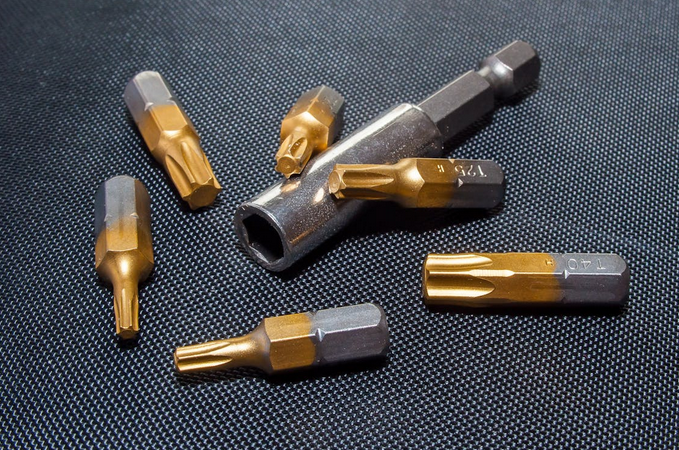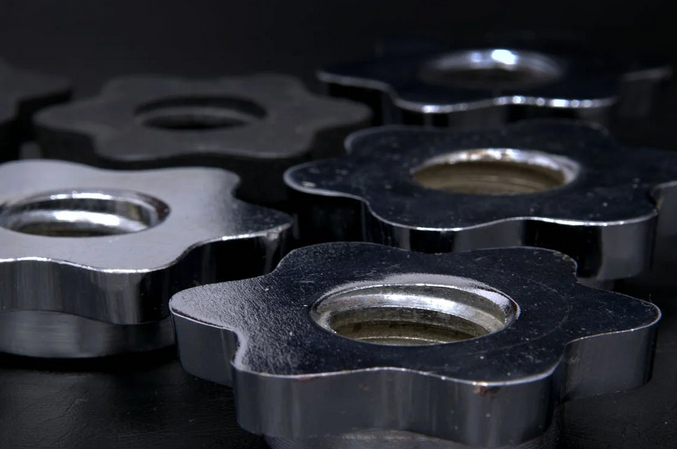In machining and manufacturing, precision is the name of the game. One tiny error in thread measurements can lead to costly mistakes or even project failures. This is where thread gages come into play. These essential tools are designed to ensure that threaded components fit together perfectly, making them crucial for a wide range of applications.
But what exactly are thread gages? How do they work? And why should you care about them? Keep reading to get more insight into these precise instruments for better results and high-quality standards.
Various Thread Gages You Need to Know
Thread gages come in various types, each serving a specific purpose. The most common are plug gages and ring gages. Plug gages are basically used to check internal threads, while ring gages measure external threads. Thread pitch gauge, on the other hand, helps identify the distance between threads. This is essential for ensuring compatibility between different threaded components. You also have adjustable thread gages, which offer flexibility when measuring varying thread sizes within specified limits. These can be particularly useful in production settings where precision matters.
There are go/no-go gages that indicate whether a thread meets specified tolerances, which are ideal for quality control processes in manufacturing environments. Each type plays a vital role in achieving accurate measurements and maintaining product integrity across industries.
How Thread Gages Provide Accurate Thread Fit and Compatibility
Thread gages are the key to ensuring that threads fit perfectly. They are specifically designed to accurately measure male and female threads’ dimensions. Using thread gages, manufacturers can verify whether a thread’s pitch, diameter, and depth meet specified standards. This precise measurement helps avoid issues down the line, such as misalignment or poor engagement.
When components don’t fit together correctly, it can lead to product failures. Thread gages help mitigate this risk by providing an easy way to check compatibility before assembly. Additionally, these tools come in various forms—such as plug and ring gauges—each tailored for specific applications.

Common Applications: Where and When to Use Thread Gages in Manufacturing
You’ll find thread gages used extensively in automotive production. Here, they verify the fit of bolts and nuts critical for safety and performance. Aerospace industries also rely on these devices. The quality assurance process demands exact measurements to avoid catastrophic failures during flight. In machinery assembly, manufacturers frequently employ thread gages to check compatibility between parts. This prevents costly errors down the line. Even in medical equipment manufacturing, precision is non-negotiable. Thread gages help maintain stringent industry standards crucial for patient care technology.
Identifying Thread Pitch and Diameter for Precise Measurement
Identifying thread pitch and diameter is crucial for achieving precise measurements. Start by measuring the threaded part’s outer diameter using a caliper or micrometer. This measurement gives you the major diameter, essential for determining compatibility with other components. For metric threads, this will be straightforward since it’s usually expressed in millimeters per thread. For imperial threads, divide your length measurement by your thread count to find out how many threads fit into that length.
With this comprehensive understanding of thread gages, it becomes clear that investing time into mastering their use pays off significantly. Accurate measurements lead not only to better product quality but also enhance overall operational efficiency. So whether you’re new to manufacturing or a seasoned professional, integrating thread gage practices into your workflow will undoubtedly yield positive results.

